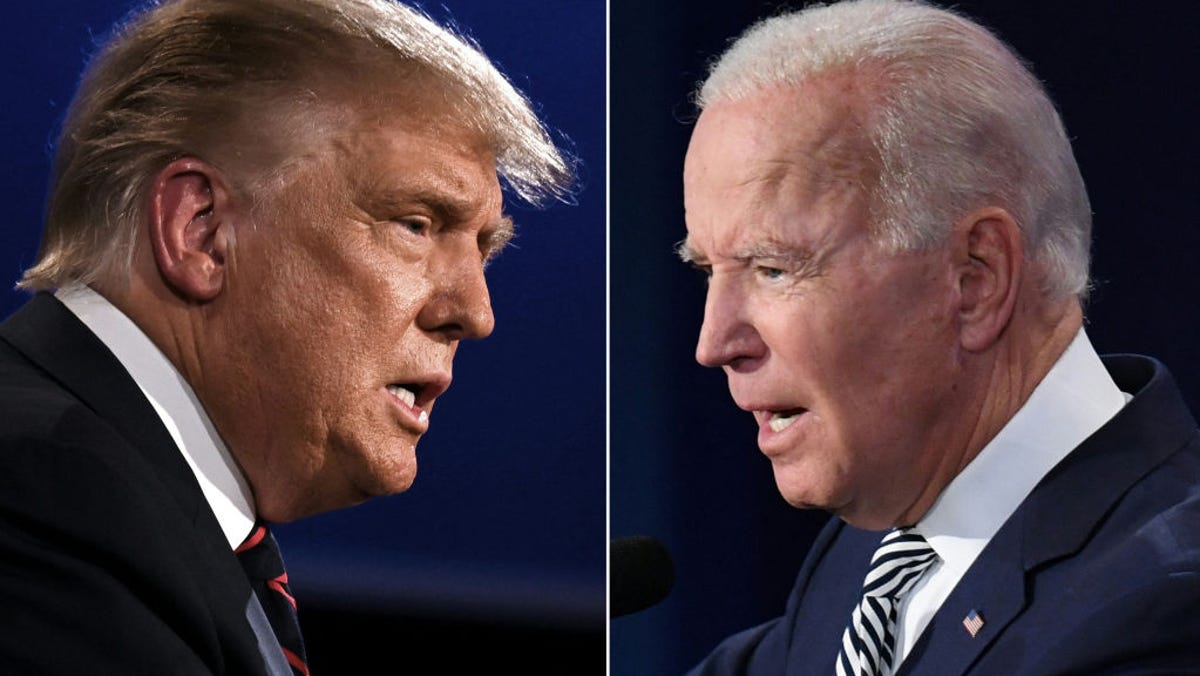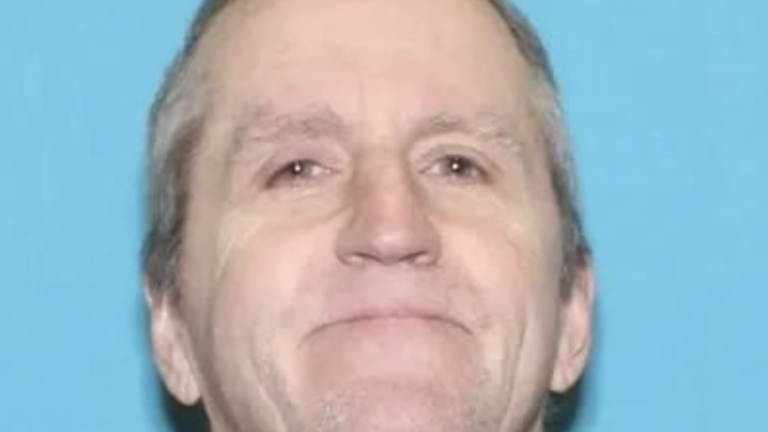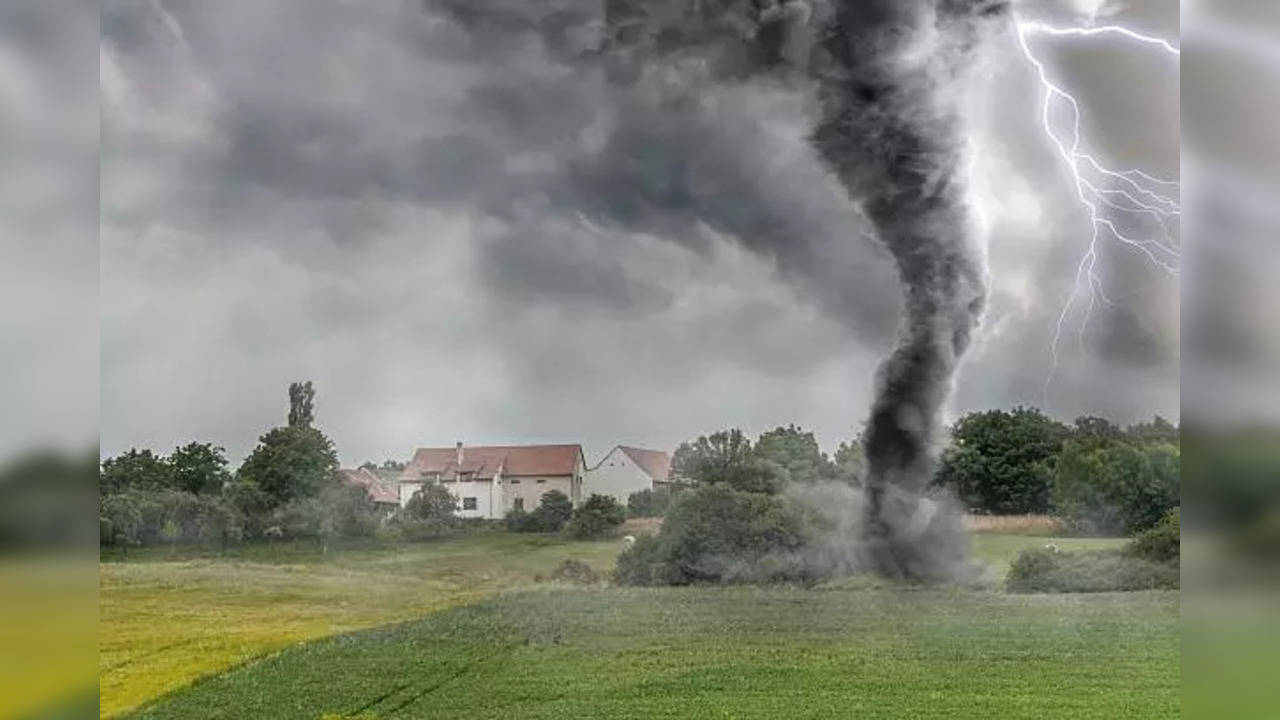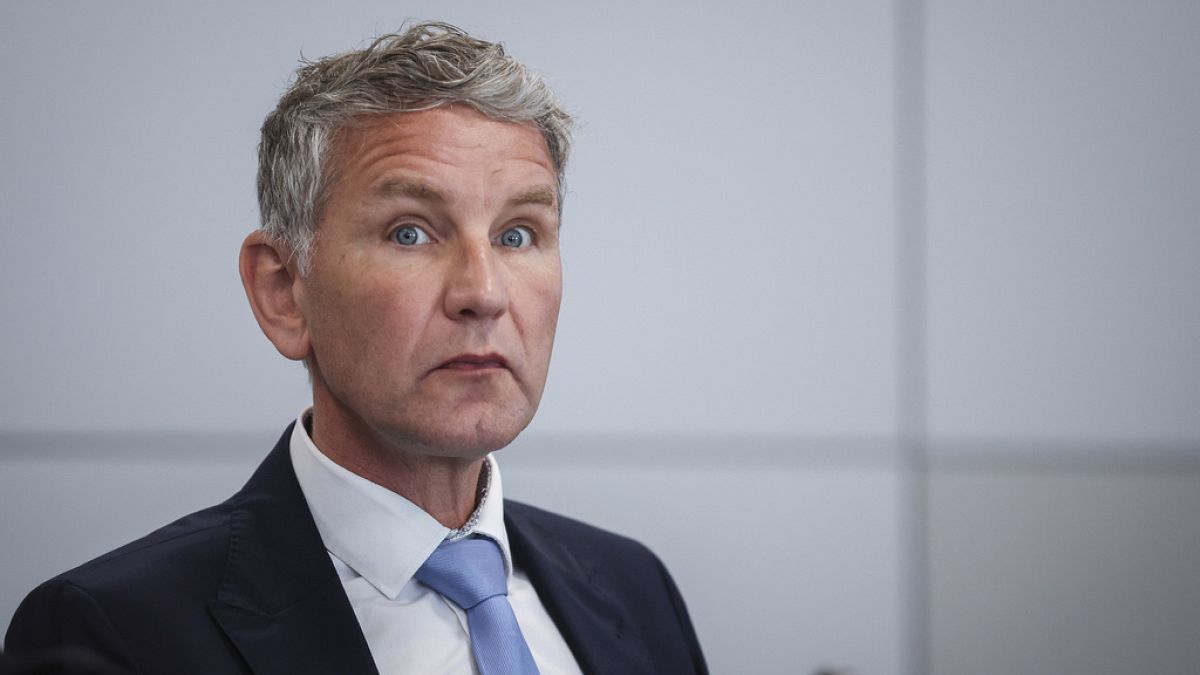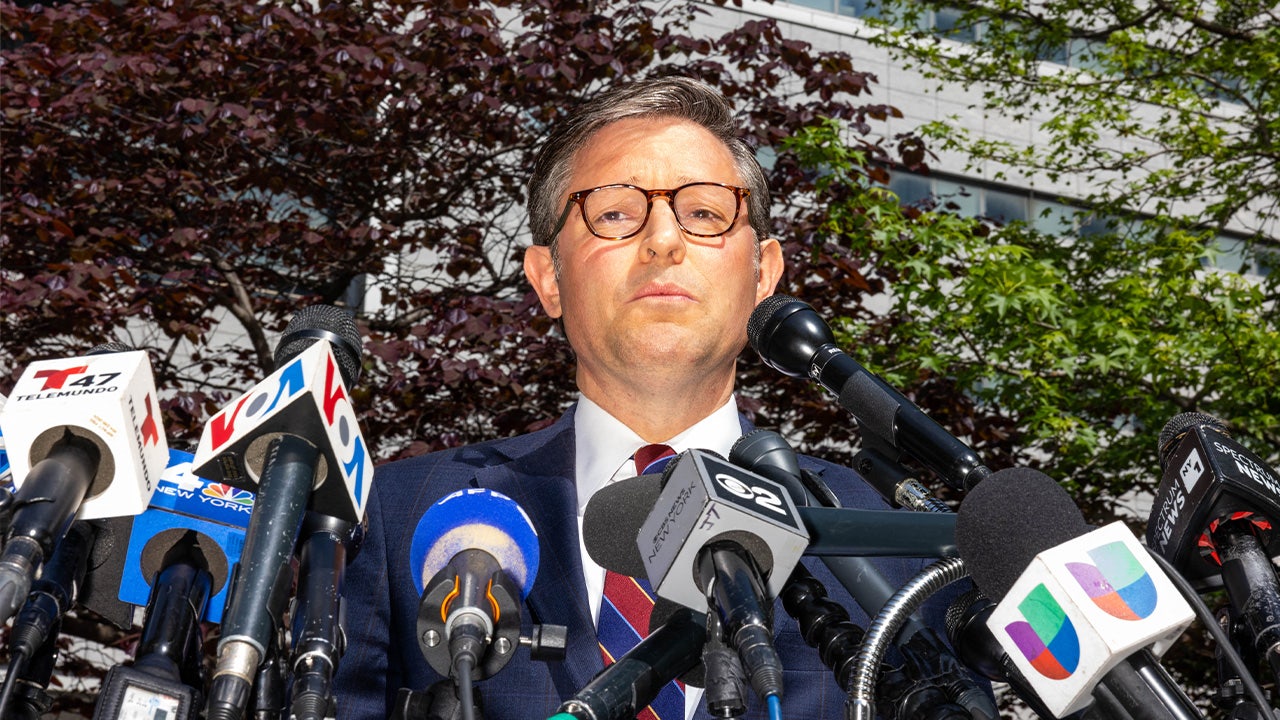Nevada
Nevada shoppers contribute $609 million over Thanksgiving weekend and Cyber Monday
During Thanksgiving weekend and Cyber Monday, Nevada saw a surge in consumer activity, with an estimated $609.0 million spent by 1.9 million people on gifts, decorations and various merchandise, according to the Retail Association of Nevada.
Across the nation, a record-breaking 200.4 million Americans engaged in Thanksgiving weekend shopping, a 1.9 percent increase from the previous year and the highest number of shoppers in recorded history. The number of shoppers exceeded the National Retail Federation’s initial estimate of 182.0 million shoppers by 10.1 percent.
According to the NRF, shoppers over the five-day period that included Cyber Monday spent an average of $321.41, with $226.55 allocated toward gifts and holiday items. NRF survey data revealed that 121.4 million U.S. consumers opted for in-store shopping, a 1.1 percent decline from 2022. Conversely, online shopping activity climbed 3.1 percent to 134.2 million consumers. Black Friday was the peak day for in-store purchases with 76.2 million shoppers and for online shopping with 90.6 million consumers making virtual purchases. Cyber Monday was the second most-popular day for online shopping with 73.1 million consumers making purchases.
Fifty-five percent of Thanksgiving weekend purchases were driven by sales and promotions, up from 52.0 percent in 2022, according to the NRF survey. Additionally, 31.0 percent of consumers noted that a limited-time sale or promotion influenced their purchase decisions, a rise from the previous year’s 29.0 percent.
In response to heightened holiday demand, retailers strategically offered sales and promotions throughout the season, with 55.0 percent of consumers taking advantage of early holiday sales. Approximately 35.0 percent of shoppers engaged in pre-Thanksgiving shopping (Nov. 16-22). As of the Thanksgiving weekend, 85.0 percent of consumers had begun their holiday shopping, with 48.0 percent having completed approximately half of their shopping list.
Top shopping destinations included online platforms (44.0 percent), grocery stores and supermarkets (42.0 percent), department stores (40.0 percent), clothing and accessories stores (36.0 percent) and electronics stores (29.0 percent). The most popular gifts purchased during the five-day period were clothing and accessories (bought by 49.0 percent of those surveyed), toys (31.0 percent), gift cards (25.0 percent), books, video games and other media (23.0 percent), and personal care or beauty items (23.0 percent).
While brick-and-mortar retail outlets saw their fair share of shoppers over the Thanksgiving weekend, many consumers conducted their shopping via the internet. According to an analysis by Adobe Digital Insights, online sales in the U.S. reached $38.1 billion during Cyber Week (Thanksgiving Day through Cyber Monday), an 8.0 percent increase from a year ago. This total comprised $9.8 billion on Black Friday, a 7.5 percent uptick from 2022, and a record-breaking $12.4 billion on Cyber Monday, up 9.7 percent from the previous year.
RAN projected a 4.0 percent growth in consumer retail sales in Nevada during this year’s holiday shopping season, which would equate to a record $6.4 billion. On the national level, holiday consumer spending was projected to increase between 3.0 percent and 4.0 percent, according to the NRF. The traditional holiday shopping season spans November and December.

Nevada
Those wolves that were seen in Nevada? They weren’t wolves
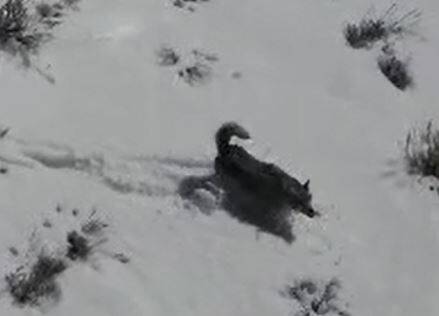
The wonder of an unconfirmed sighting of a gray wolf pack that could have marked the return of the species to Nevada was cut short when genetic testing revealed they weren’t wolves at all.
Rather, the animals that wildlife officials spotted near Merritt Mountain in Elko County were coyotes, a common sight across the Silver State in both rural and urban settings.
Two independent genetic labs found that the hair, fecal and urine samples collected from the scene in early March were a 99.9 percent match for coyotes, the Nevada Department of Wildlife said.
The last time a wolf was seen in Nevada was 2017. Prior to that, one hadn’t been spotted in the state since 1922.
“We understand the significance of such sightings and the importance of accurate identification,” NDOW director Alan Jenne said in a statement.
Scientists spotted the coyotes when taking stock of Nevada’s moose population, and the state agency was working with the U.S. Fish and Wildlife Service to make a plan to ensure the wolf pack’s safety if the animals turned out to be wolves and stayed within state borders.
Federally, gray wolves became endangered in 1974, when only about 600 of them still roamed the lower 48 states. Though Nevada wildlife officials said the state isn’t known to be historic wolf habitat, the Center for Biological Diversity estimates there could have been upward of 2 million of them when European settlers arrived in North America.
“We appreciate the diligence of our biologists, assisting laboratory personnel and the public’s cooperation throughout this process and we will continue to monitor the area for any indication of wolf presence,” Jenne said in a statement.
Contact Alan at ahalaly@reviewjournal.com. Follow @AlanHalaly on X.
Nevada
Latest COVID strain doesn’t appear to pose a threat in Las Vegas Valley

Wastewater is an early warning system for COVID and other diseases, and a collaborative effort in Nevada appears to be the first in the nation to detect a new strain of the disease — known as FLiRT.
“We detected it as early as March 29,” said UNLV Professor Dr. Edwin Oh, director of the UNLV lab that monitors wastewater in southern and northern Nevada, adding that his check of various websites from labs across the country that do such wastewater monitoring, indicates UNLV was first in finding the new variant.
The goal of the wastewater surveillance and research is to determine if any new strain of the constantly evolving disease — that once killed 25,000 Americans a week at its height in 2020 — might pose a problem for humans.
“So far it does not look like it (FLiRT) poses any major threats,” Oh said of the the two variants — KP.1 and KP.2. — that are mutations of FLiRT.
“We nerd out a lot on the different pathogens and variants,” Oh said of his crew that includes UNLV undergrads and wastewater treatment plant operators. About 15 different sites are checked weekly in Clark County and three or four sites in Northern Nevada.
The effort is to warn and protect the community from COVID variants that could raise the risk of major sickness potential.
Genetic material from the virus that causes COVID-19 can be found in human waste even when individuals have no symptoms. Tracking the amount of viral genetic material (viral load) in wastewater is an emerging method of monitoring increasing and decreasing trends of the virus in communities.
Wastewater surveillance has been ongoing for years. The most recent variant that raised eyebrows was JN.1 around Christmas time, Oh said. “It had about 50 mutations and a lot of us were concerned that it might bring added risk to the immunocompromised (population) or the vaccine resistant (population).”
The wastewater monitoring project is a collaboration between Southern Nevada Health District, Southern Nevada Water Authority, Desert Research Institute and UNLV.
Contact Marvin Clemons at mclemons@reviewjournal.com.
Nevada
Nevada Supreme Court rejects teachers union-backed appeal to put A's public funding on '24 ballot
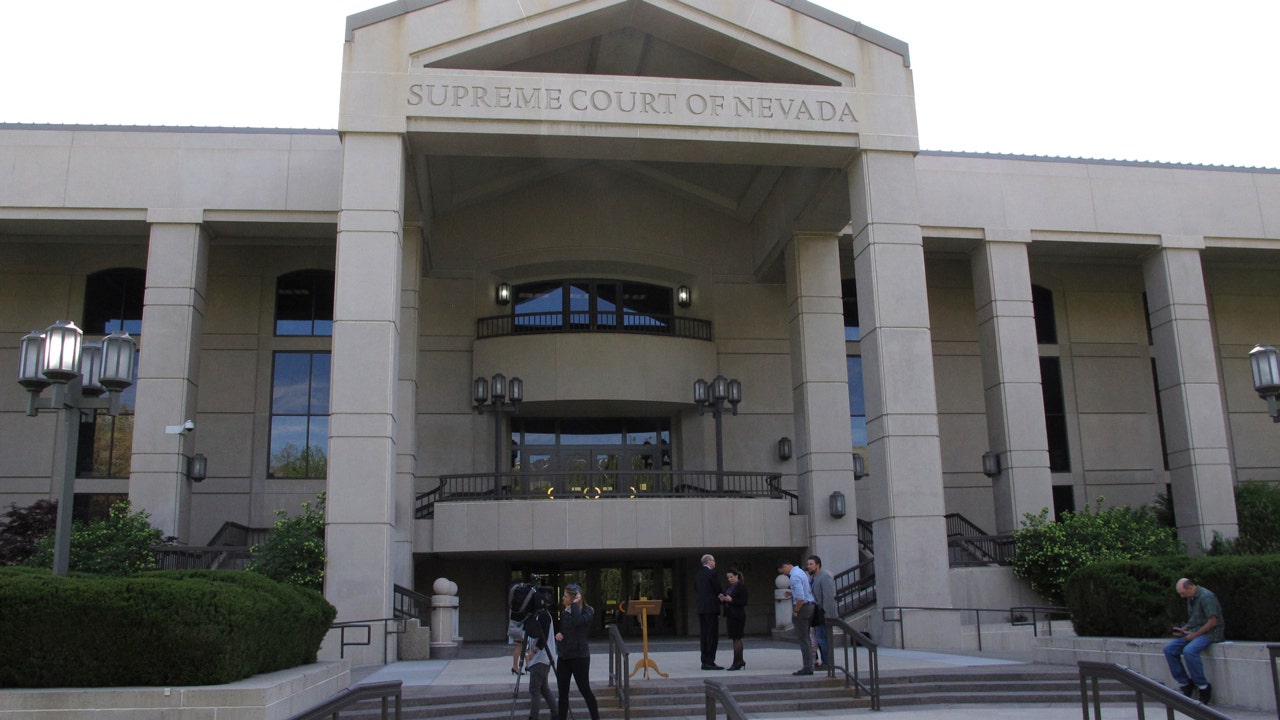
The Nevada Supreme Court on Monday struck down a proposed ballot initiative that would allow voters to decide whether to repeal the public funding that lawmakers approved last year for a new MLB stadium in Las Vegas.
The Monday ruling dealt a blow for detractors of the funding who saw a ballot question this year as the most effective route to repeal key parts of the sweeping bill that paved the way for the Oakland Athletics to move to Las Vegas.
NEVADA SUPREME COURT WILL TAKE ANOTHER LOOK AT CHASING HORSE’S REQUEST TO DISMISS SEX ABUSE CHARGES
Five judges voted to uphold a lower court ruling that struck down the referendum. One judge dissented, while another concurred in-part and dissented in-part.
In a statement following the ruling, Schools over Stadiums political action committee spokesperson Alexander Marks said their focus is now to get the question on the 2026 ballot. The PAC is backed by the Nevada State Education Association, a statewide teachers union who has long opposed public funding for the stadium.
The stadium financing debate in Nevada mirrors those happening nationwide over whether public funds should be used to help finance sports stadiums.
People gather outside the Nevada Supreme Court in Carson City, May 8, 2018. The Nevada Supreme Court, Monday, May 13, 2024, struck down a proposed ballot initiative that would allow voters to decide whether to repeal the public funding that lawmakers approved last year for a new MLB stadium in Las Vegas. (AP Photo/By Scott Sonner)
A’s representatives and some Nevada tourism officials have said the public funding could add to Las Vegas’ growing sports scene and act as an economic engine. But a growing chorus of stadium economists, educators and some lawmakers had warned that it would bring minimal benefits, especially when compared to the hefty public price tag.
The Nevada Supreme Court ruled that the entirety of the 66-page bill must be included in the ballot question to provide its full context. But ballot referendums can be no more than 200 words — which lawyers for Schools over Stadiums admitted made it difficult to explain the complex bill during oral arguments last month.
The court ruled that the 200-word description submitted by Schools over Stadiums was “misleading” and “explains the general effect of a referendum, but it does not describe the practical effects of this specific referendum.”
CLICK HERE TO GET THE FOX NEWS APP
Attorney Bradley Schrager, who represents the two plaintiffs who are labor union lobbyists in favor of the public funding, said on Monday that “all Nevadans have a right to participate in direct democracy, but they need to observe the laws that require properly informing the voters of a proposal. This measure obviously fails to do that.”
MLB owners have unanimously approved the A’s move to Las Vegas.
-

 Politics1 week ago
Politics1 week agoHouse Dems seeking re-election seemingly reverse course, call on Biden to 'bring order to the southern border'
-

 World1 week ago
World1 week agoSpain and Argentina trade jibes in row before visit by President Milei
-

 Politics1 week ago
Politics1 week agoFetterman says anti-Israel campus protests ‘working against peace' in Middle East, not putting hostages first
-

 World1 week ago
World1 week agoGerman socialist candidate attacked before EU elections
-

 News1 week ago
News1 week agoUS man diagnosed with brain damage after allegedly being pushed into lake
-

 World1 week ago
World1 week agoGaza ceasefire talks at crucial stage as Hamas delegation leaves Cairo
-

 Politics1 week ago
Politics1 week agoRepublicans believe college campus chaos works in their favor
-

 Politics1 week ago
Politics1 week agoConservative beer brand plans 'Frat Boy Summer' event celebrating college students who defended American flag




